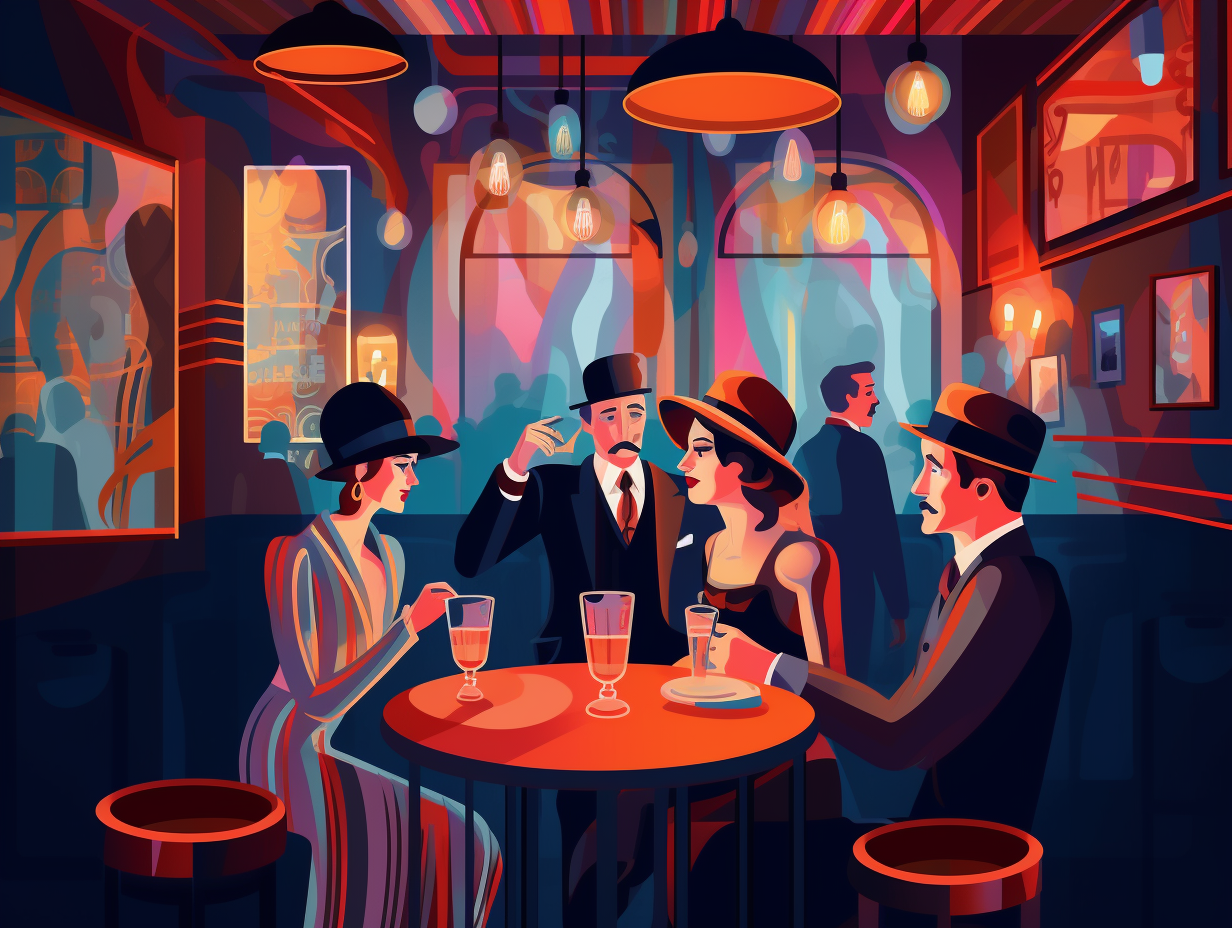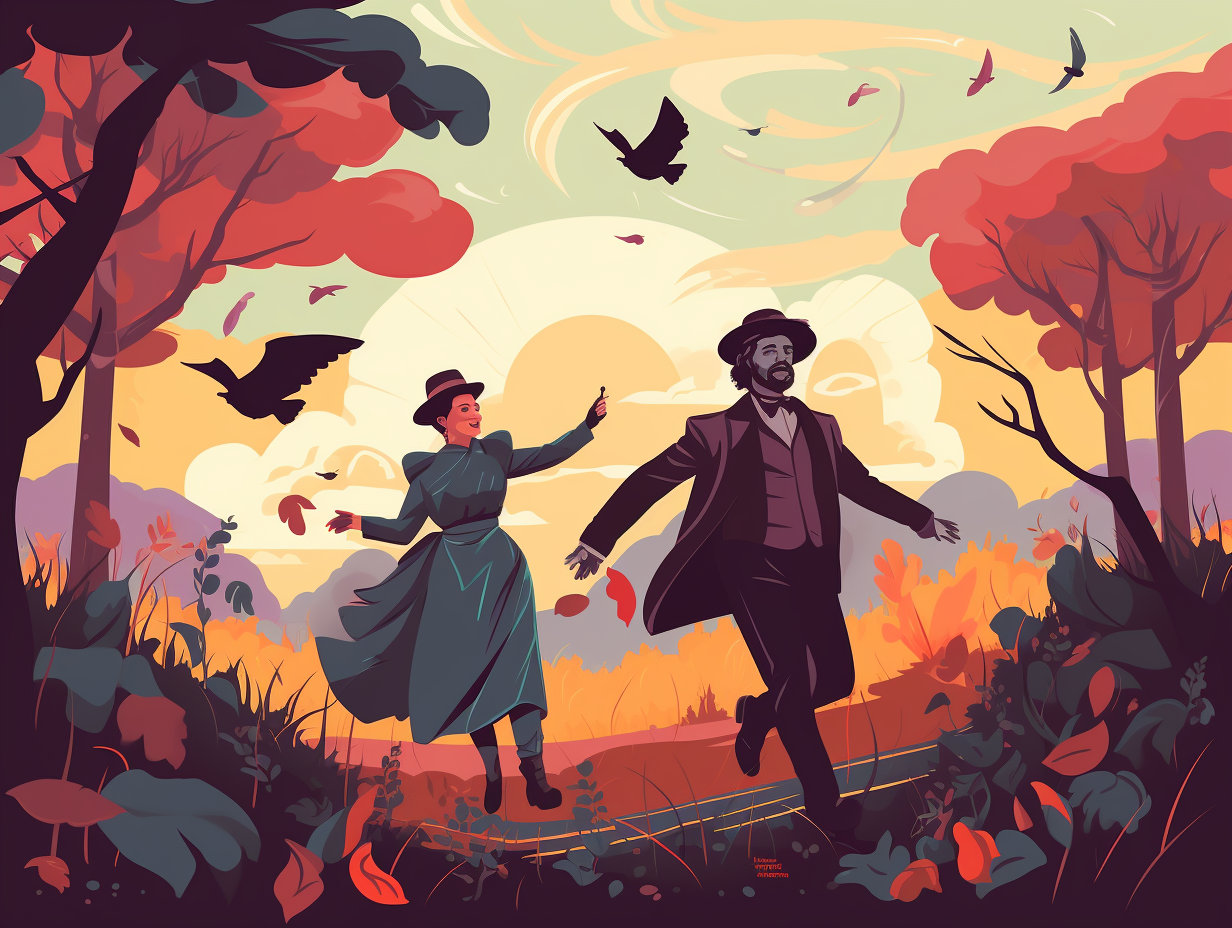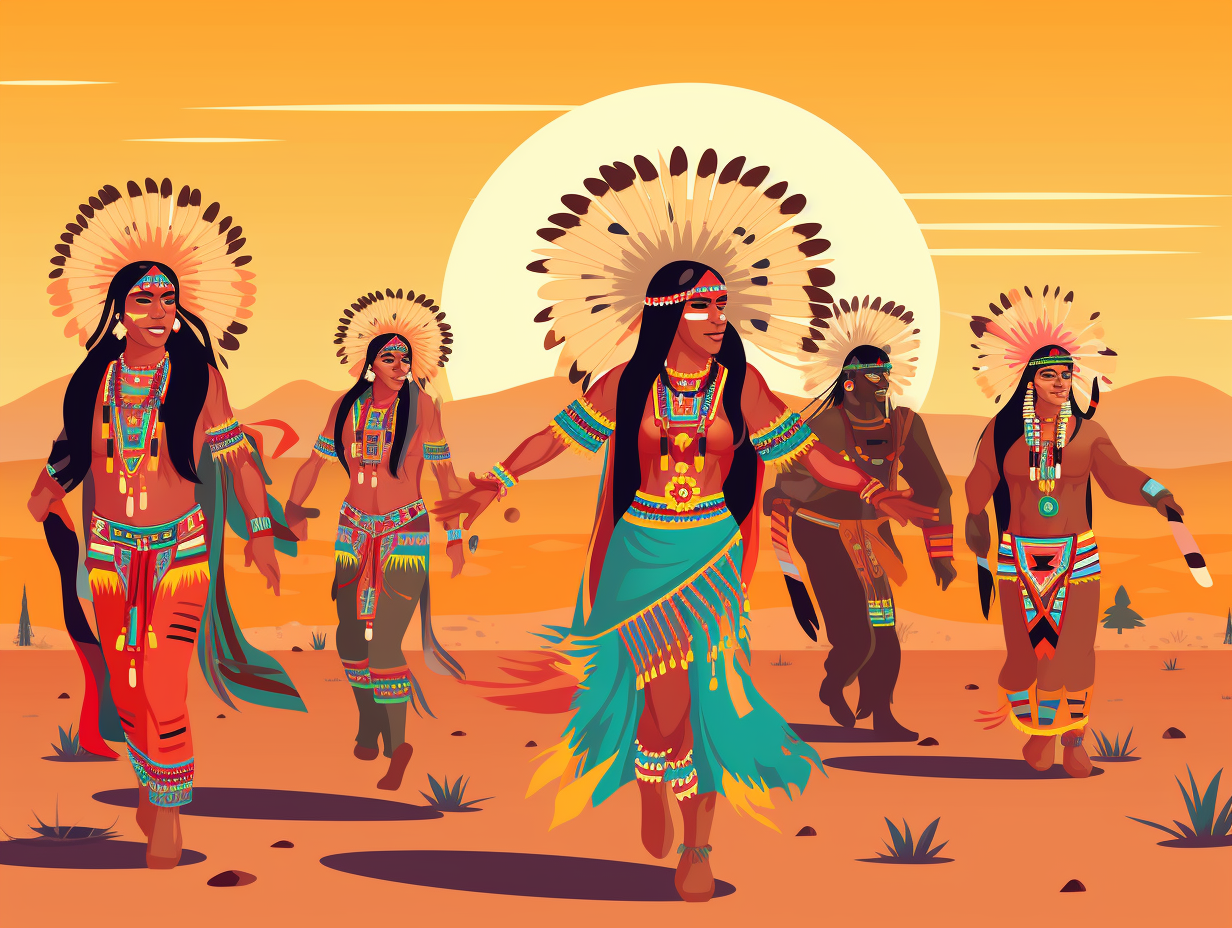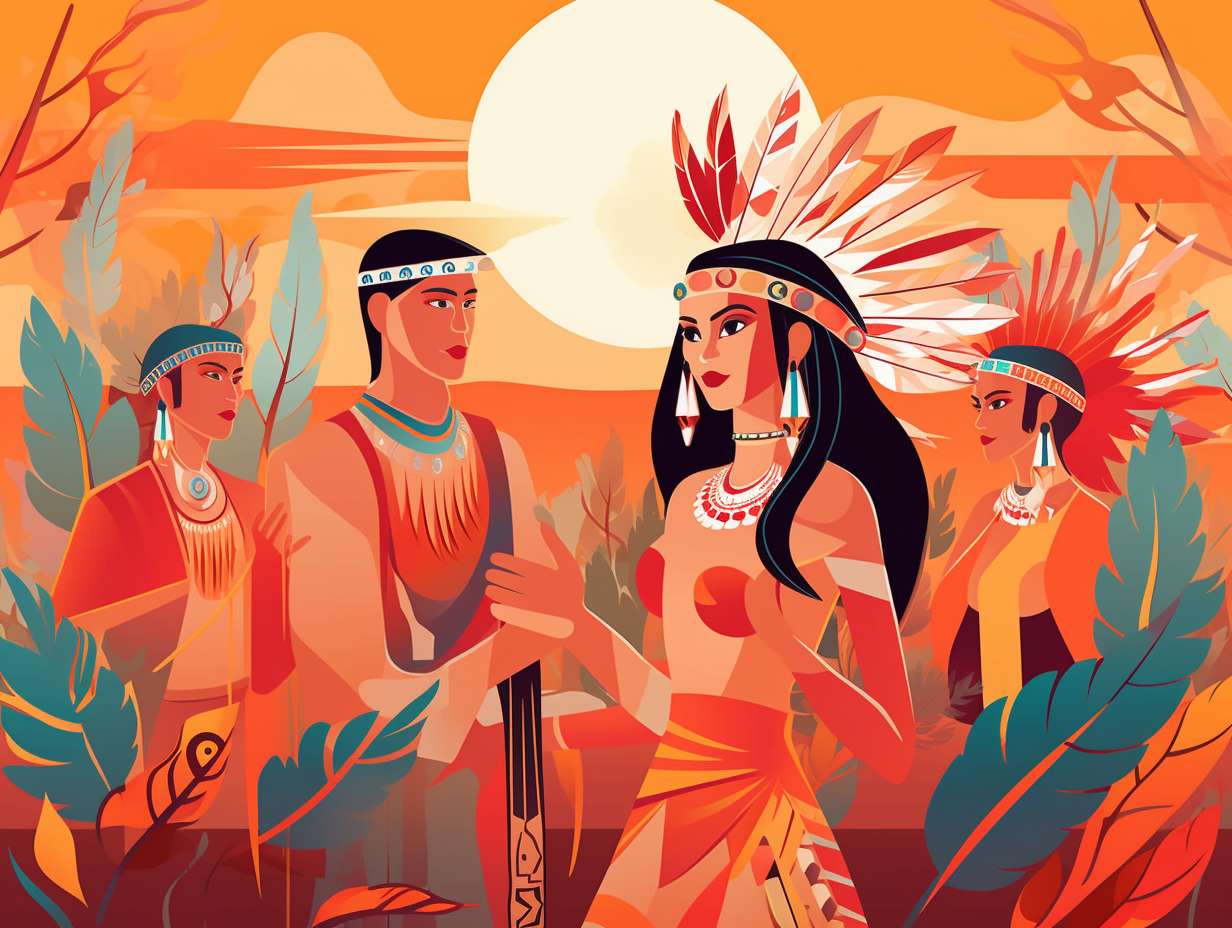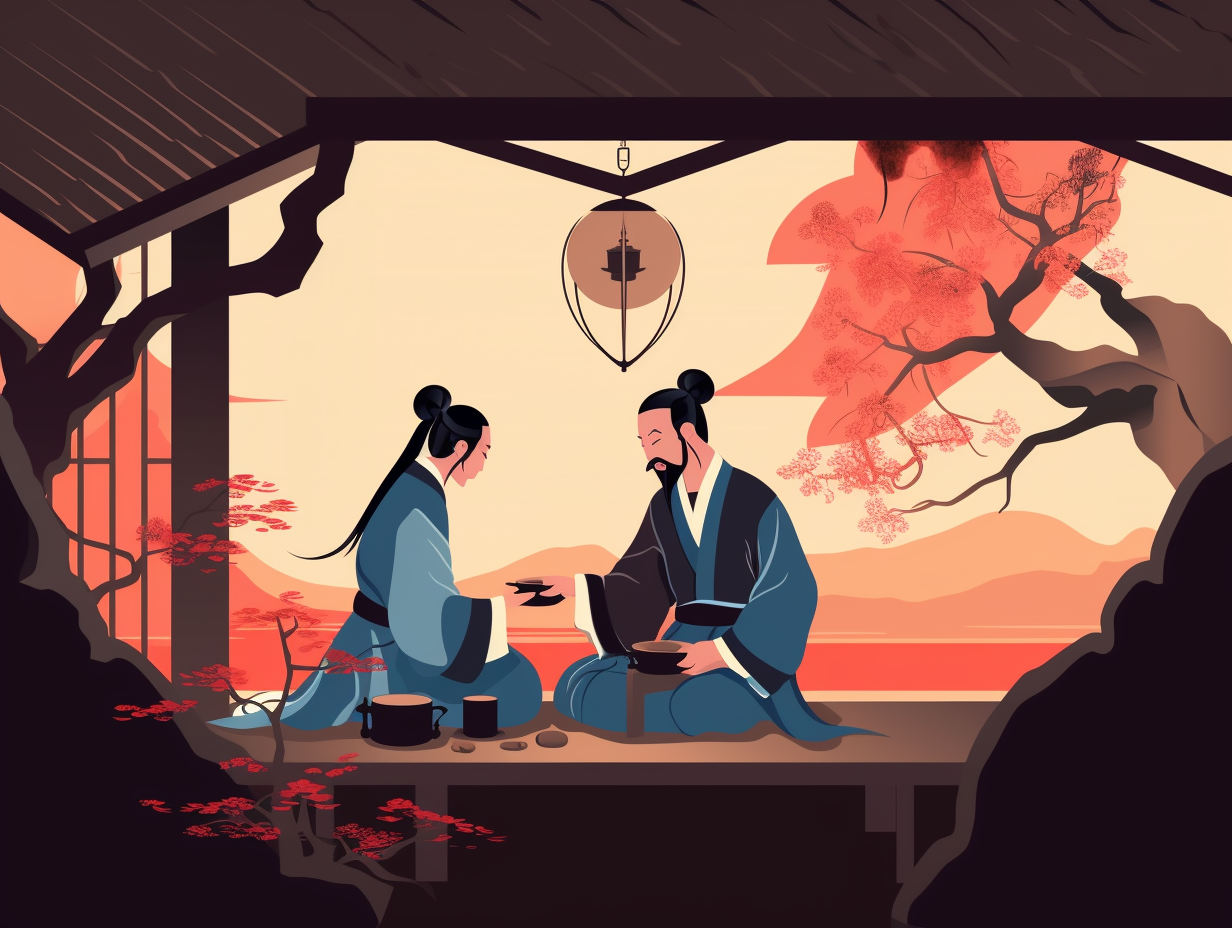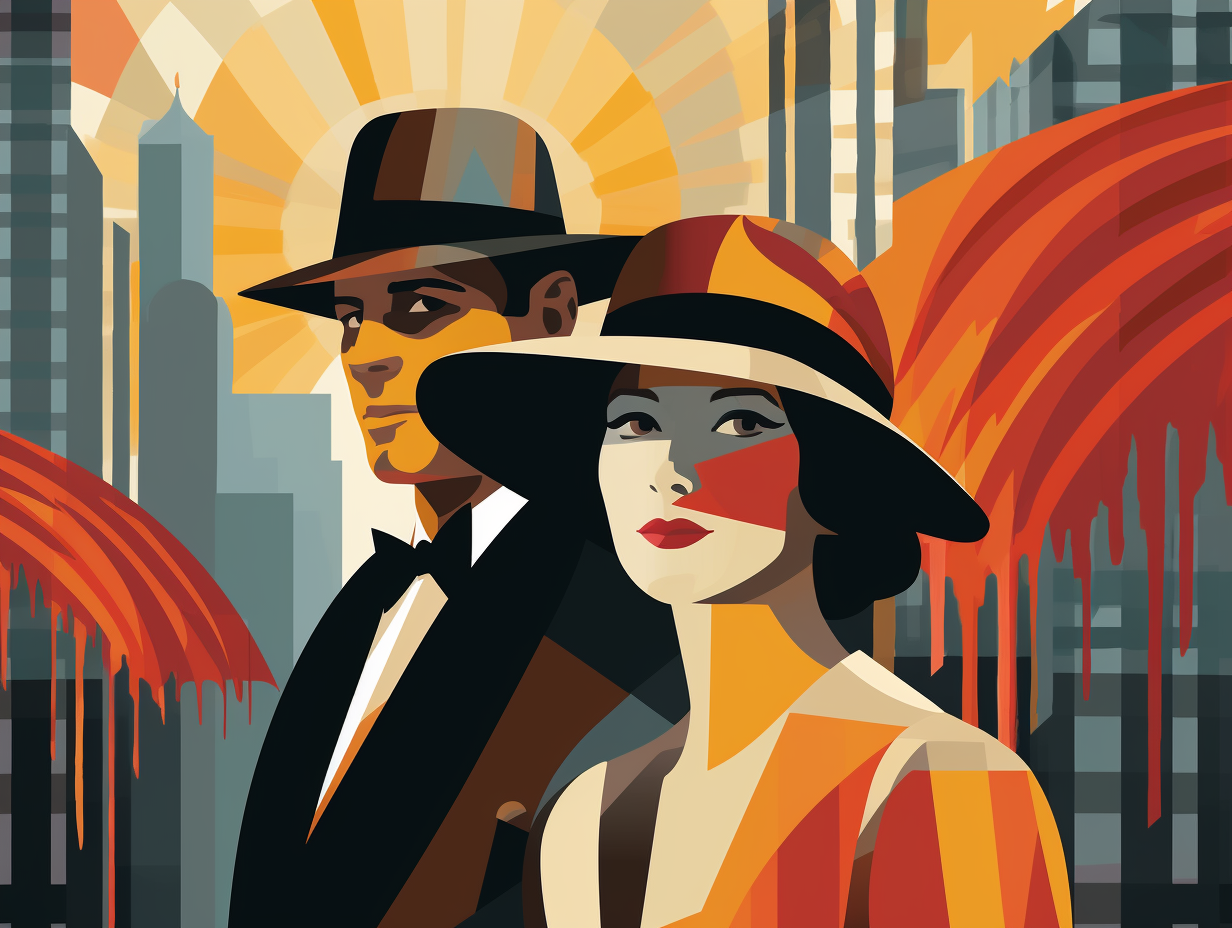Discover the Stars and Stripes: 12 Surprising Fun Facts About the American Flag
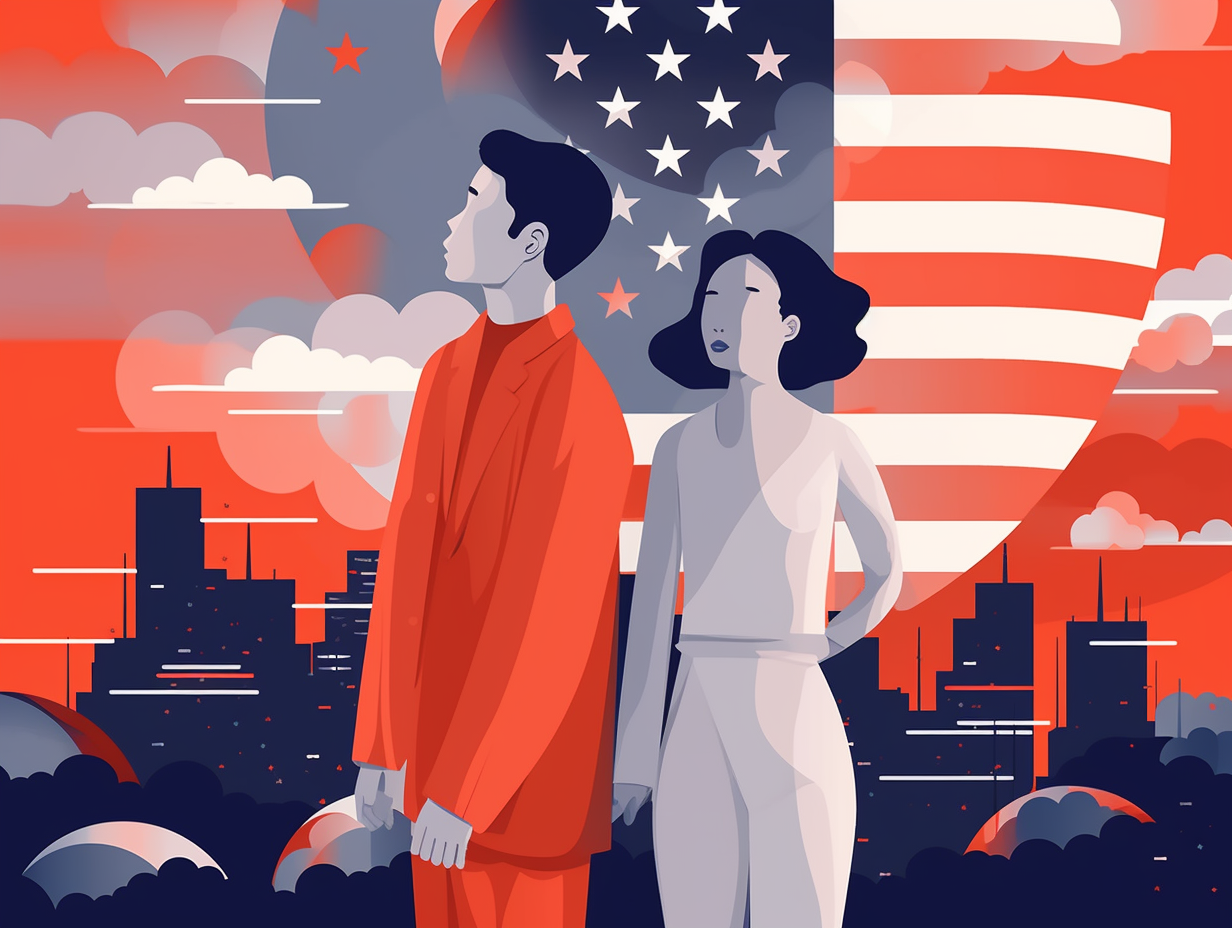
1. Plot Twist: American Flag's British Roots
Ready for a historical plot twist that would make M. Night Shyamalan jealous? Our first flag stuck close to the original Brit hit while seeking to flip scripts and traditions: The Continental Colors, a precursor to the Stars and Stripes, had a Union Jack in the corner to rep the British values the colonies wanted to keep, not to pledge loyalty to the crown. But it hilariously backfired when the redcoats mistook it for surrender - talk about a major whoopsie! Due to this major miscommunication, they replaced it with the signature blue field sporting thirteen shiny stars we all know and love.
Source => united-states-flag.com
2. Flag Makeover: 27 Design Overhauls
If the American flag were a fashionista, it would surely have its own reality show: The Flag Makeover Chronicles! From the initial amateur sketch on a napkin to a sleek symbol of patriotism, it has sashayed through a whopping 27 design overhauls since 1777. Finally, in 1960, it embraced its catwalk-ready couture: 50 fabulous stars representing each state, after Hawaii strutted in as the 50th state.
Source => behavioralscientist.org

Did you know the 2003 California gubernatorial recall election featured 135 contenders, including comedian Leo Gallagher, adult film star Mary Carey, and Gary Coleman from "Diff'rent Strokes" who received over 14,000 votes? Find out more!
=> Fun Facts about Voting
3. Seamstress Showdown: Betsy Ross & Friends
Move over, Betsy Ross, it's a seamstress showdown: While many believe Betsy Ross sewed the first American flag, there's no solid evidence to back this up, and in reality, there were at least 17 flag makers in Philadelphia who could've done the job, with the design most likely originating from Francis Hopkinson, signer of the Declaration of Independence.
Source => united-states-flag.com
4. Pop Diva Flag: 27 Wardrobe Changes
Talk about a flag makeover: the American flag has gone through more wardrobe changes than a pop diva at the VMAs! With stars being added like new accessories, we've seen 27 different designs strut their stuff: The first official flag hit the stage on June 14, 1777, donning 13 stripes and 13 stars for the original 13 colonies. The most recent addition, Hawaii's star, made its debut in 1960, bumping the total up to 50 dazzling stars. While territories like Puerto Rico and Guam patiently await their time to shine on the flag, the current design remains our reigning chart-topper.
Source => usatoday.com
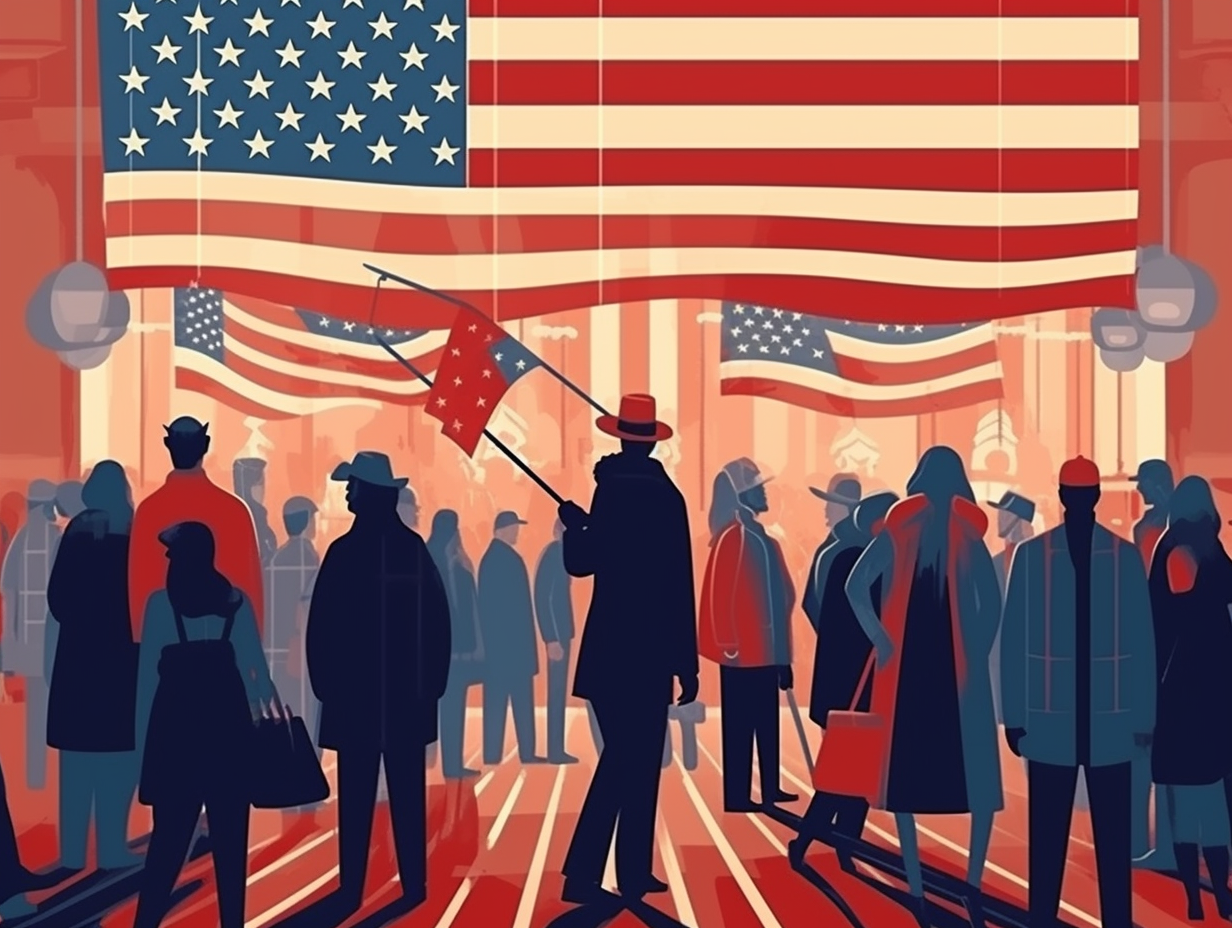
5. Commitment Issues: 26 Flag Redesigns
Feeling 26 and fabulous: The American flag might have commitment issues, as it has changed its look 26 times since its debut in 1777. However, it's finally settled on its 50-star, 13-stripe style, embracing this dazzling ensemble since Hawaii joined the union in 1960.
Source => en.wikipedia.org
6. Teenage Designer: Staggered Star Rows
Ever wonder why the stars on the American flag look like they had a wild night and staggered into misaligned rows? It's because they had a teenage designer: The starry arrangement, featuring nine offset horizontal rows of six and five stars, was conceived by high school student Robert G. Heft as part of a class project, and President Dwight D. Eisenhower gave it the presidential seal of approval in 1959.
Source => uk.usembassy.gov
7. Fashion Trendsetter: Longest-Running Design
Hold onto your stars and stripes, folks, because the American flag is quite the fashion-savvy, trendsetting piece of cloth: The current 50-star spangled banner, displaying a star for each state and 13 stripes to represent the original colonies, has been rocking this look since 1960, making it the longest-running design in American flag history!
Source => flagsusa.com
8. Union Jack Meets American Stripes
Before there was Star-Spangled Banner or Astronaut Stripes, there was good ol' Union Jack on American soil: The Grand Union Flag was the first national flag of the United States, hoisted by naval officer John Paul Jones on December 3, 1775. It featured thirteen red and white stripes representing the Thirteen Colonies, but it had the Union Jack in the canton, proudly proclaiming their British heritage - until 1777, when the Stars and Stripes finally stole the show.
Source => en.wikipedia.org
9. American Flag Freedom: Property Rights
Attention all proud flag fliers and real estate rule rebels: Under the American Freedom to Display the Flag Act, condominium and residential real estate management associations are actually forbidden from restricting a member's right to display the American flag on their own property, so long as the display follows established rules and customs for proper flag use. Old Glory gets the green light, as long as you know the right way to wave!
Source => law.cornell.edu
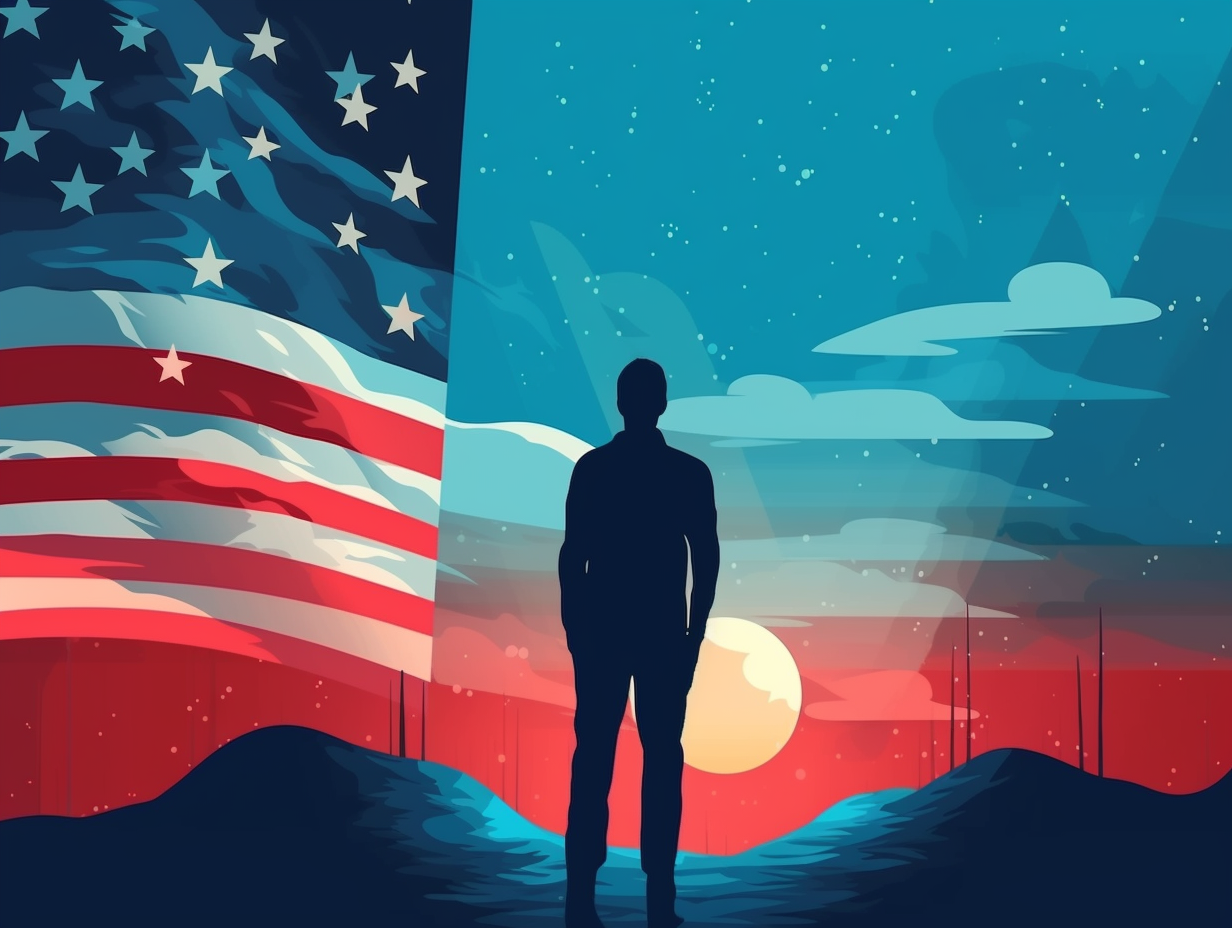
10. Interstellar Fashion: Lunar American Flags
Who would have thought that stars and stripes could survive among the stars themselves? That's one small step for fabric, one giant leap for flag-kind: Enter Jack Kinzler, the design genius behind the lunar American flags planted during the Apollo missions. Crafted from nylon and swaying from intricately engineered aluminum poles, these thermal-insulated beauties even withstood rocket exhaust heat of up to 2,000 °F (1,090 °C). Next time you glance at the moon, remember that six still-standing flags may be gazing right back at you, thanks to the Lunar Reconnaissance Orbiter's selfies.
Source => en.wikipedia.org
11. Flag Muse: Inspiring Other Flags
The American flag, not content with simply being Star-Spangled and waved all around the Land of the Free, moonlights as a muse for other flags around the world: A number of countries and territories, including Liberia, Malaysia, Texas, Puerto Rico, and Bikini Atoll, have adopted flag designs featuring the red and white stripes and the blue canton of the American flag to represent various historical connections, origins, and values.
Source => americanflags.com
12. Taste the Rainbow: Original Pride Flag
Whoever said you can't taste the rainbow never met Gilbert Baker and his vibrant creation: The original rainbow pride flag designed by Baker featured eight stripes, each representing a unique aspect of the LGBT community – sex, life, healing, the sun, nature, magic, harmony, and spirit – but was later reduced to six colors for easier mass production.
Source => cnn.com
Related Fun Facts







